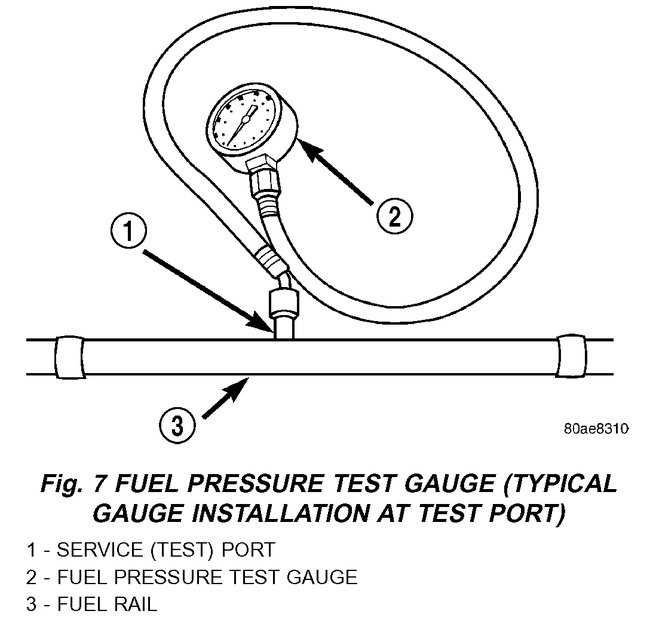Welcome to 2CarPros.
Based on your description, it sounds like a bad fuel injector. Also, high fuel pressure can be an issue, but I would tend to think it would affect more than one cylinder. Even an engine vacuum leak can cause this.
First, check for vacuum leaks. Here is a link explaining how it is done:
https://www.2carpros.com/articles/how-to-use-an-engine-vacuum-gauge
Try this, switch cylinder 1 fuel injector with number 2 and see if the misfire changes cylinders. Also, you may want to inspect it for dirt.
I would also check fuel pressure. Here is a quick link that explains how in general to do it:
https://www.2carpros.com/articles/how-to-check-fuel-system-pressure-and-regulator
Here are the specifics for your vehicle including pressure specs. The attached picture correlates with these directions.
Use this test in conjunction with the Fuel Pump Capacity Test, Fuel Pressure Leak Down Test and Fuel Pump Amperage Test found elsewhere in this group.
Check Valve Operation: The electric fuel pump outlet contains a one-way check valve to prevent fuel flow back into the tank and to maintain fuel supply line pressure (engine warm) when pump is not operational. It is also used to keep the fuel supply line full of gasoline when pump is not operational. After the vehicle has cooled down, fuel pressure may drop to 0 psi (cold fluid contracts), but liquid gasoline will remain in fuel supply line between the check valve and fuel injectors. Fuel pressure that has dropped to 0 psi on a cooled down vehicle (engine OFF) is a normal condition. When the electric fuel pump is activated, fuel pressure should immediately (1 - 2 seconds) rise to specification.
All fuel systems are equipped with a fuel tank module mounted, combination fuel filter/fuel pressure regulator. The fuel pressure regulator is not controlled by engine vacuum.
WARNING: THE FUEL SYSTEM IS UNDER CONSTANT FUEL PRESSURE EVEN WITH THE ENGINE OFF. BEFORE DISCONNECTING FUEL LINE AT FUEL RAIL, THIS PRESSURE MUST BE RELEASED. REFER TO THE FUEL SYSTEM PRESSURE RELEASE PROCEDURE.
Fig.7 Fuel Pressure Test Gauge (Typical Gauge Installation At Test Port)
Pic 1
1. Remove protective cap at fuel rail test port. Connect the 0 - 414 kPa (0 - 60 psi) fuel pressure gauge (from gauge set 5069) to test port pressure fitting on fuel rail (Fig. 7). The DRB(R) III Scan Tool along with the PEP module, the 500 psi pressure transducer, and the transducer-to-test port adapter may also be used in place of the fuel pressure gauge.
2. Start and warm engine and note pressure gauge reading. Fuel pressure should be 339 kPa ± 34 kPa (49.2 psi ± 5 psi) at idle.
3. If engine runs, but pressure is below 44.2 psi, check for a kinked fuel supply line somewhere between fuel rail and fuel pump module. If line is not kinked, but specifications for either the Fuel Pump Capacity, Fuel Pump Amperage or Fuel Pressure Leak Down Tests were not met, replace fuel pump module assembly. Refer to Fuel Pump Module Removal/Installation.
4. If operating pressure is above 54.2 psi, electric fuel pump is OK, but fuel pressure regulator is defective. Replace fuel filter/fuel pressure regulator. Refer to Fuel Filter/Fuel Pressure Regulator Removal/Installation for more information.
5. Install protective cap to fuel rail test port.
___________________________
Also, here is a quick link explaining how to test an injector:
https://www.2carpros.com/articles/how-to-test-a-fuel-injector
I'm sure you already know that if the plug is wet, either it's getting too much fuel or there is no spark. That is why I am questioning the injector itself.
Let me know what you find.
Take care,
Joe
Image (Click to make bigger)
Wednesday, May 29th, 2019 AT 6:40 PM
